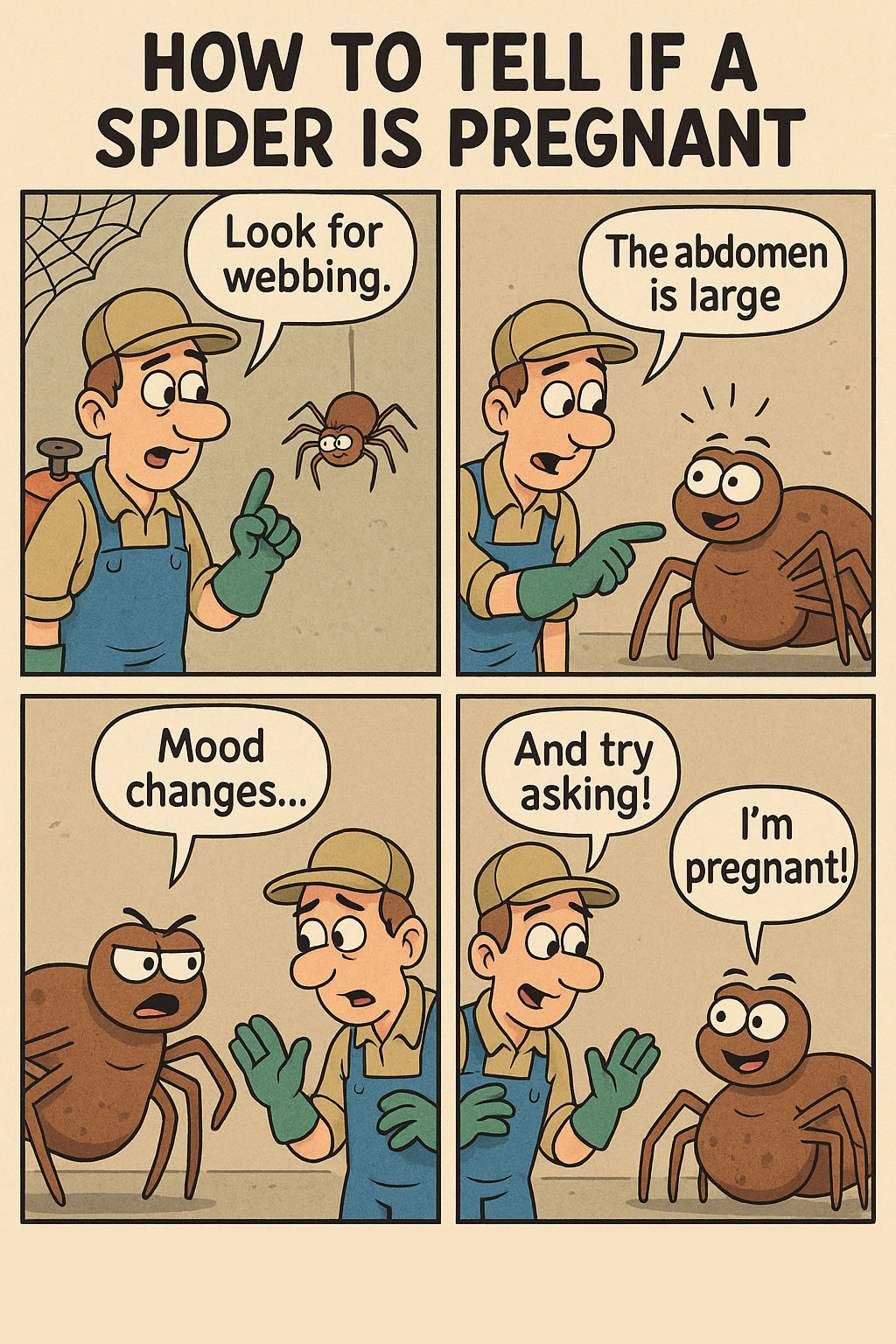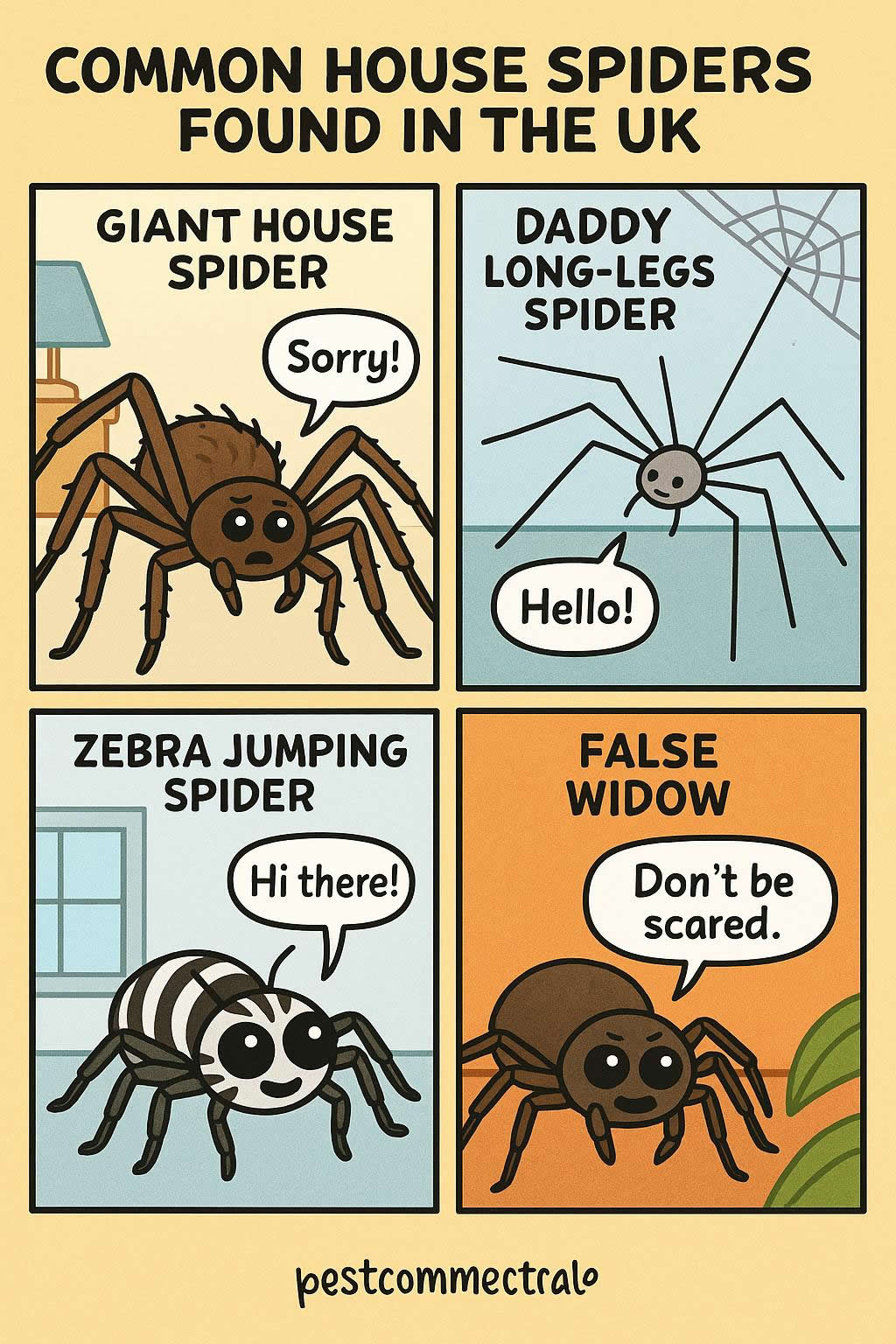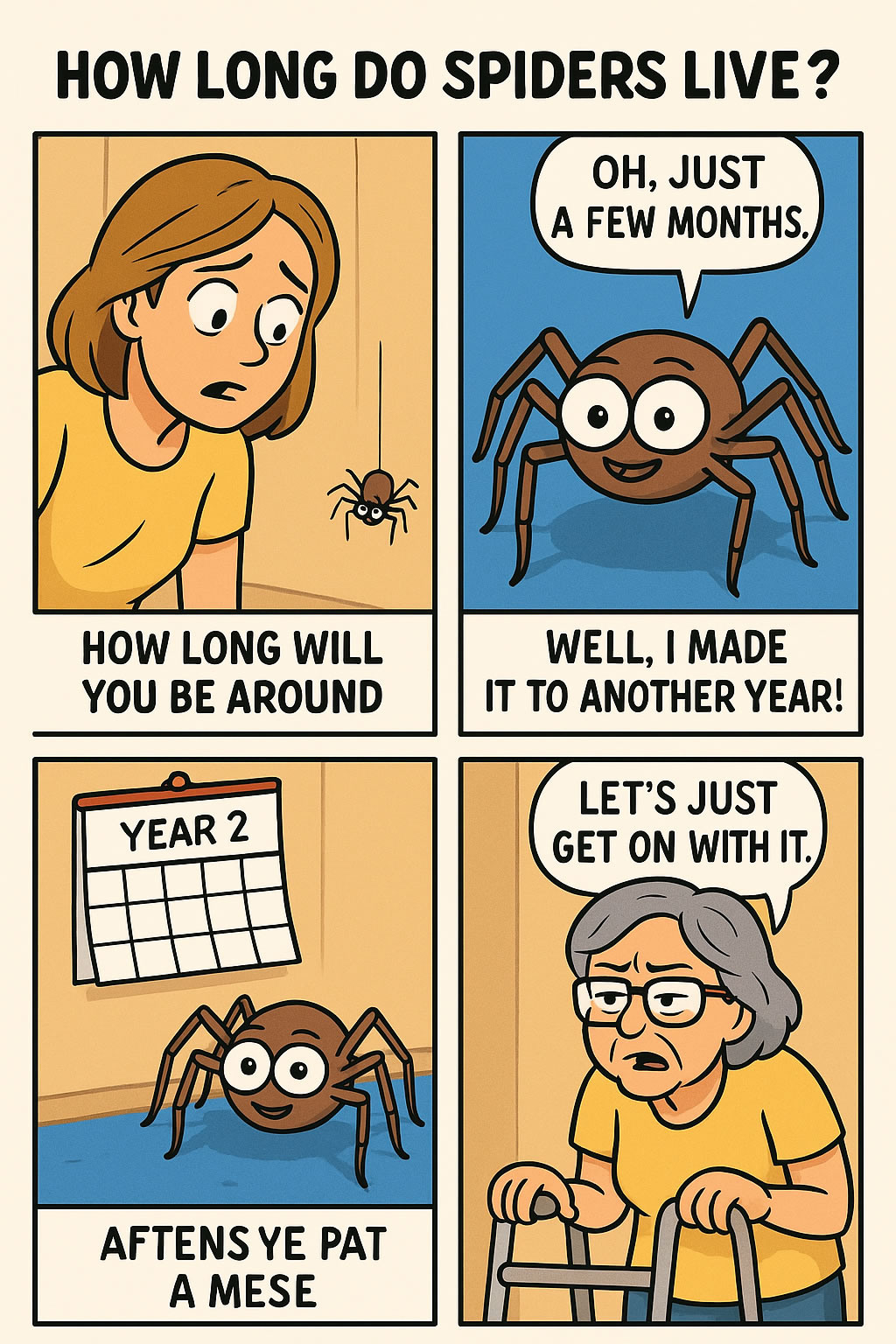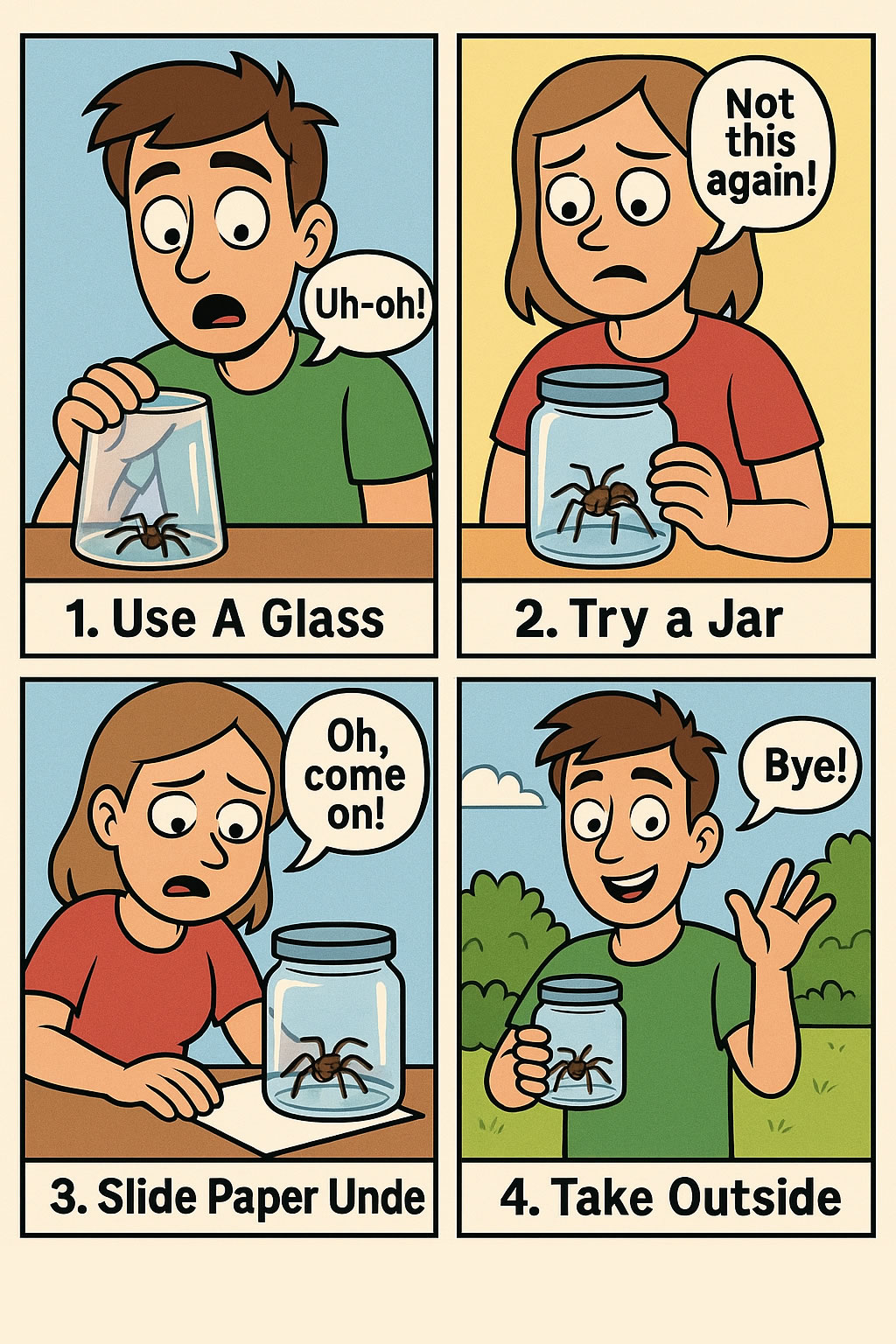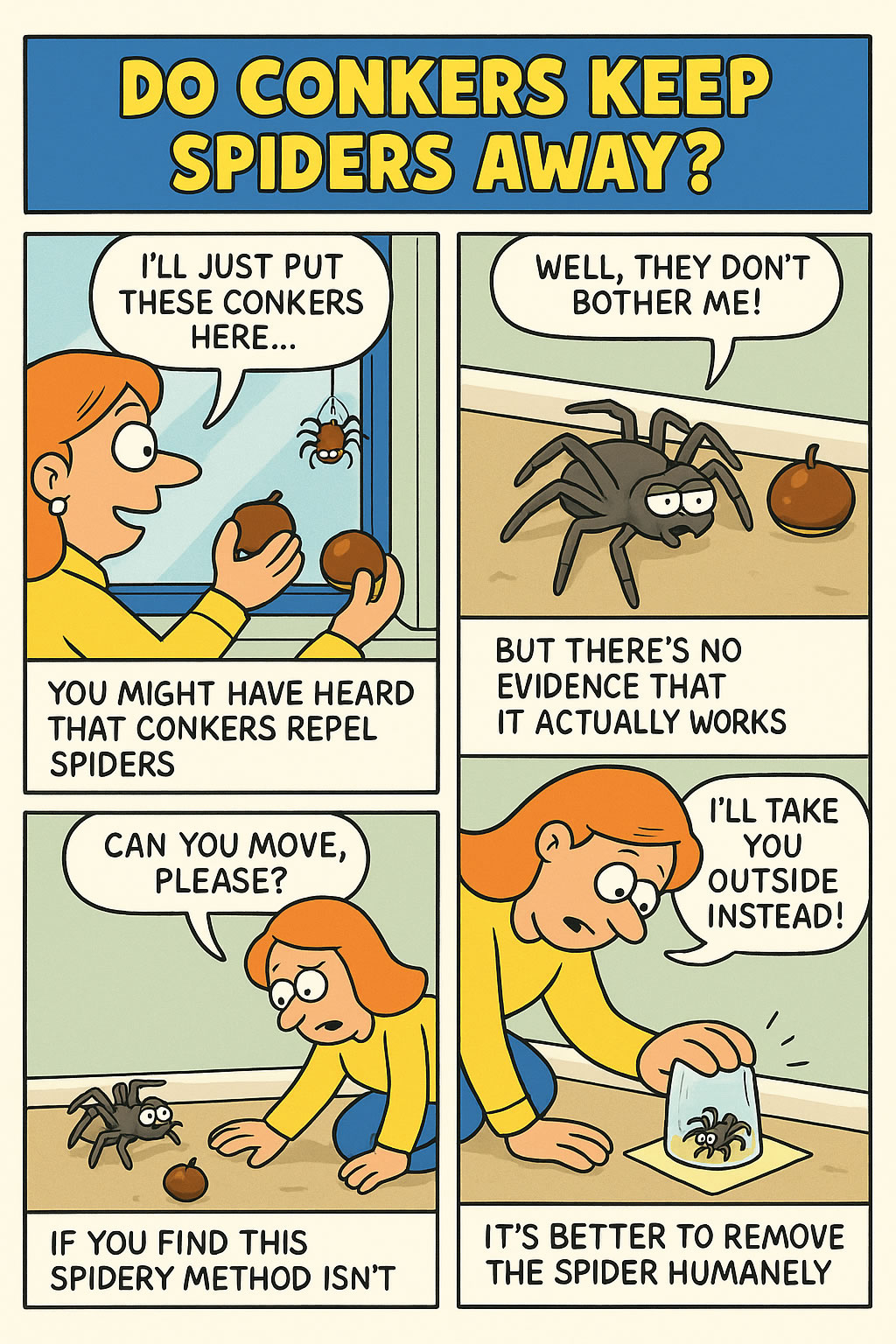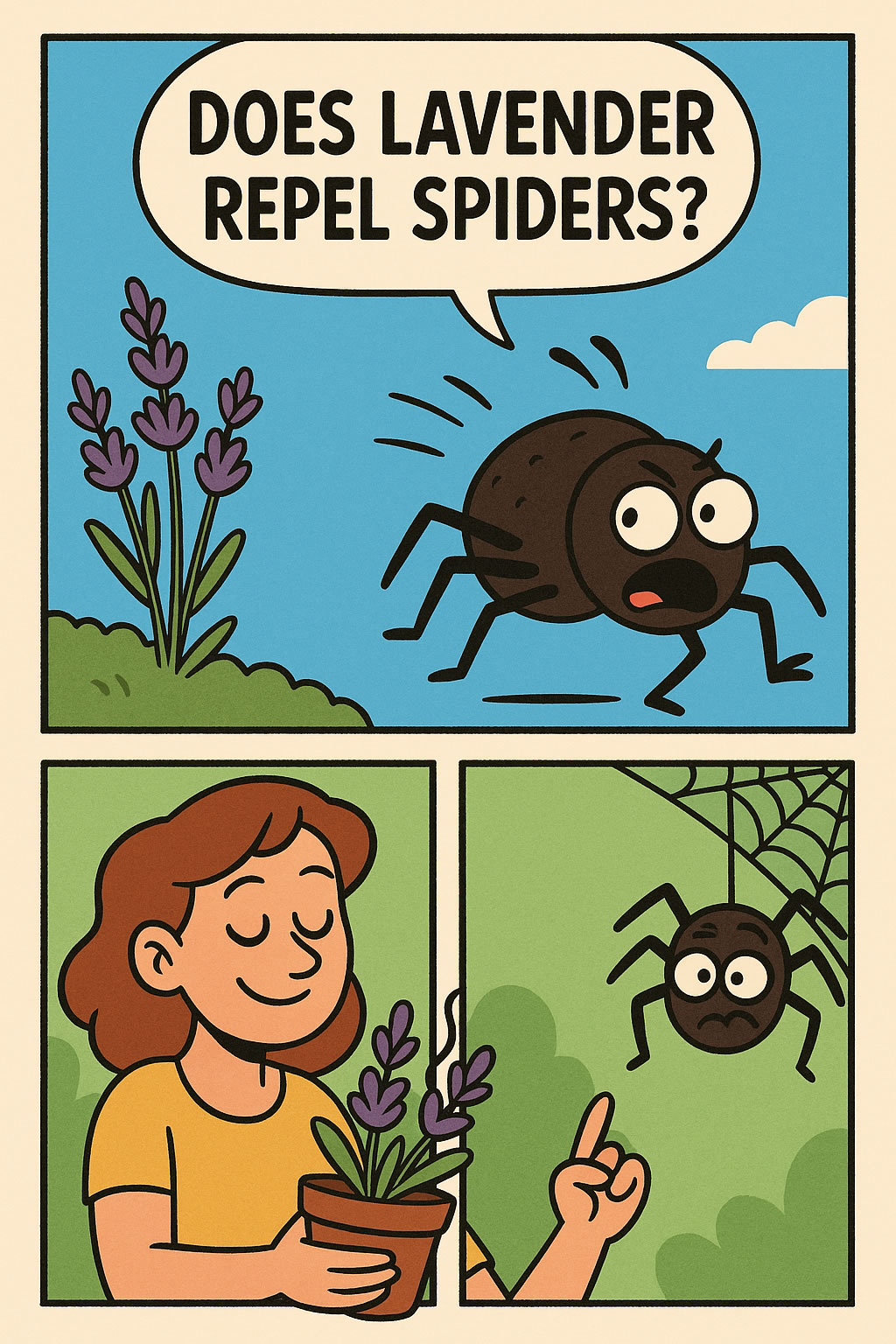Related Queries
ToggleSpiders are fascinating creatures that are often misunderstood and feared by many of us. They play an essential role in nature and help to keep our homes free from other pests. But just like any other living creature, they reproduce and have offspring. If you’re a homeowner and wondering how to tell if a spider is pregnant, then you’ve come to the right place.
How To Tell If A Spider Is Pregnant?
Identifying whether a spider is pregnant can be challenging, as there isn’t one universal sign that applies to all species. However, some subtle clues can suggest the possibility:
Physical Changes:
- Abdomen size: Look for a noticeably enlarged abdomen. Pregnant spiders often carry their eggs inside, causing their abdomens to swell disproportionately compared to their cephalothorax (head and thorax).
- Colouration: Some species might exhibit changes in colour or markings on the abdomen during pregnancy. These changes can be subtle, so comparing the spider to images of its non-pregnant counterparts might be helpful.
- Palp size: In certain species, like wolf spiders, the females’ palps (small appendages near the mouth) become stouter and hairier when carrying eggs.
Behaviour:
- Increased web-building: Pregnant spiders often build larger and sturdier webs to provide safe havens for their eggs and developing spiderlings.
- Change in web location: They might also choose more sheltered or secluded locations for their webs to protect their offspring.
- Defensive behaviour: Pregnant spiders can be more aggressive and protective of their webs and potential egg sacs. They might readily bite or display threat postures if they feel their future offspring are in danger.
Egg Sac:
- The most definitive sign of pregnancy is the presence of an egg sac. These are silken pouches where spiders lay their eggs and can appear in various shapes and sizes depending on the species. However, not all egg sacs are readily visible, as some spiders hide them well or carry them attached to their bodies.
Important Notes:
- Species variations: Remember, these are general indicators, and specific signs of pregnancy can vary greatly between different spider species. Familiarising yourself with the specific type of spider you’re observing is crucial for accurate interpretation of its physical and behavioural changes.
- Size variations: Not all large-bodied spiders are pregnant. Some species simply have naturally bulkier abdomens.
- False positives: Certain conditions like injuries or internal parasites can mimic some pregnancy symptoms in spiders.
If you’re unsure about a spider’s pregnancy status, it’s best to err on the side of caution and observe it from a safe distance. Avoid handling or disturbing the spider, especially if it exhibits defensive behaviour.
How Can You Tell If a Spider Is Pregnant? A Quick Comparison
Trying to figure out if a spider in your home might be carrying eggs? There’s no single obvious sign, but when you look closely at a few key details, you can often tell. Here’s a quick comparison of what to look for—especially if you live in the UK, where house spiders and garden spiders are common.
Each spider species can show signs in slightly different ways, but this table sums up the main things to check.
| Feature | Pregnant Spider 🕷️ | Non-Pregnant Spider 🕸️ | What To Look For (UK Context) |
| Abdomen Size | Noticeably larger and rounder | Slim or typical size | Look for bloated back ends, especially in autumn |
| Silk Activity | Builds dense, hidden webs or egg sacs | Regular web activity | You may spot silky white balls in corners |
| Behaviour | More reclusive, sometimes aggressive | Normal movement and behaviour | Tends to hide behind furniture or in lofts |
| Time of Year | Late summer to early autumn most likely | Any other time | UK spiders usually breed from August to October |
| Egg Sac Present | Yes, often nearby or carried under body | No | Check for white or yellowish sacs |
| Species Specific | Common with Giant House Spiders, Garden Spiders | May be young or male spiders | UK homes often get Tegenaria domestica (house spiders) |
| Mood Changes | Appears more defensive when disturbed | Skitters away quickly | May rear up or freeze if approached |
You could follow this with a short paragraph like:
Tip: If you suspect a spider is pregnant, don’t panic. Most UK spiders are harmless and play a vital role in keeping your home free of flies and other bugs. If you’re not comfortable leaving it be, gently relocate it using a glass and a card—or contact a pest control professional for advice.
Observe the spider’s behaviour
One way to tell if a spider is pregnant is by observing its behaviour. Female spiders that are carrying eggs tend to be much slower, particularly if they have a big belly compared to their small legs. They may also move less frequently, choosing instead to remain in one spot for longer periods. So, if you notice a spider that’s moving slowly and staying in one place, it could be an indication that it’s pregnant.
Examine the spider’s abdomen
Another way to tell if a spider is pregnant is to examine its abdomen. Pregnant spiders have a noticeably larger and rounder abdomen than non-pregnant spiders. They may also have a slightly darker colour, and you may be able to see a bulge where the eggs are stored. However, it’s important to note that not all spiders carry their eggs externally, and some may carry them internally until they hatch.
Check for a visible egg sac
Some spider species, like the common house spider, spin a type of silk sac to protect their eggs. If you come across a spider with an egg sac attached to its web or body, it’s an indication that it’s pregnant. The egg sac can be a variety of shapes and sizes, ranging from small and round to oval-shaped and covered in silk. Some spider species may also carry their egg sac with them, attached directly to the underside of their abdomen.
Observe the spider’s eating habits
Pregnant spiders often eat more than non-pregnant spiders as they need the extra energy to nourish their growing young. So, if you notice a spider eating more than usual or consuming larger prey, it could be a sign that it’s pregnant.
Look for a mated female
If you’re not sure whether a spider is carrying eggs, you can try to identify a mated female. Female spiders typically lay eggs after mating, so a spider that has recently mated is more likely to be pregnant. You may also notice a male spider hanging around the web of a female, which could indicate that they have mated.
There are several ways to tell if a spider is pregnant, such as observing their behaviour, examining their abdomen, checking for an egg sac, observing their eating habits, and looking for a mated female. If you’re unsure, it’s best to leave the spider alone and let it go about its business. Remember that spiders play a vital role in our ecosystem and help to control the population of other pests. So, if you do come across a pregnant spider, be sure to treat it with respect and let it be.
Pest Control West Midlands – Pest Control Salford – Wasp & Bee Removal
